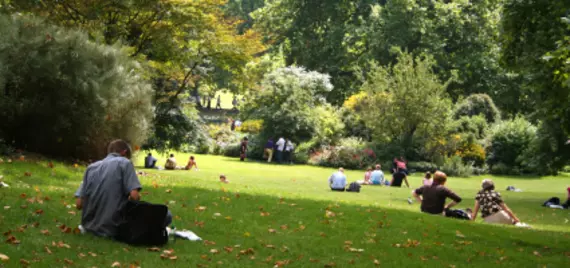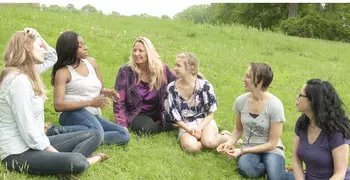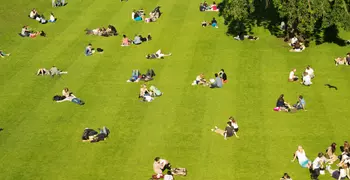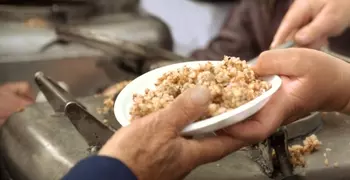Find Out More about Community Wellbeing
Websites
http://businessjournal.gallup.com/content/127217/Giving-Community-Wellbeing.aspx
http://www.connectedthebook.com/
Books & Articles
Christakis, N., Fowler, J. (2009). Connected. New York: Little, Brown, and Company.
Diener, E., Seligman, M. (2009). Beyond money. In Diener, E. (Ed.), The science of well-being: The collected works of Ed Diener. New York: Springer.
Doherty, W. J., & Mendenhall, T. J. (2006). Citizen health care: A model for engaging patients, families, and communities as coproducers of health. Families, Systems, & Health, 24(3), 251.
Fifer, S. Sloan Fifer, S. (1994). 50 ways to help your community. New York: Doubleday.
Hancock, T. (1993). Health, human development and the community ecosystem: three ecological models. Health Promotion International, 8(1), 41-47
Haworth, J. T., Hart, G., (Eds). (2007). Well-being. New York: Palgrave Macmillan.
Helliwell, J., Putnam, R. (2005). The social context of well-being. In Huppert, F., Baylis, N., Keverne, B. (Eds.), The science of well-being. Oxford: Oxford University Press.
Marmot, M. (2004). The status syndrome: How social standing affects our health and longevity. New York: Times Books.
Miller, W. D. (2011). Healthy homes and communities: Putting the pieces together. American Journal of Preventive Medicine, 40(1), S48.
Nelson, G., & Prilleltensky, I. (2005). Community psychology: In pursuit of liberation and well-being. New York: Palgrave Macmillan.
O'Brien, M.S. (2002). Social capital and sense of community: The relationship of individual perceptions of community social dynamics and fear of crime. Dissertation Abstracts International.B.the Sciences and Engineering, 63(4-B), 2109.
Peat, F.D. (2005). Gentle action: Bringing creative change to a turbulent world. Pari, Italy: Pari Publishing.
Prilleltensky, I., & Prilleltensky, O. (2006). Promoting well-being: Linking personal, organizational, and community change. Hoboken, NJ: Wiley.
Putnam, R. D. (2001). Bowling alone: The collapse and revival of American community. New York: Simon & Schuster.
Putnam, R. D., & Feldstein, L. (2004). Better together: Restoring the American community. New York: Simon & Schuster.
Rath, T., Harter, J. (2010). Wellbeing: The five essential elements. New York: Gallup Press.
Neighborhoods Task Force (SNTF) of Toronto. (2004). Role of Community Infrastructure in Building Strong Neighborhoods. Accessed April 14, 2013 at http://www.toronto.ca/demographics/sntf/rp2.pdf
Wiseman, J., Brasher, K. (2008). Community wellbeing in an unwell world: Trends, challenges, and possibilities. Journal of Public Health Policy, 29, 353-366.




